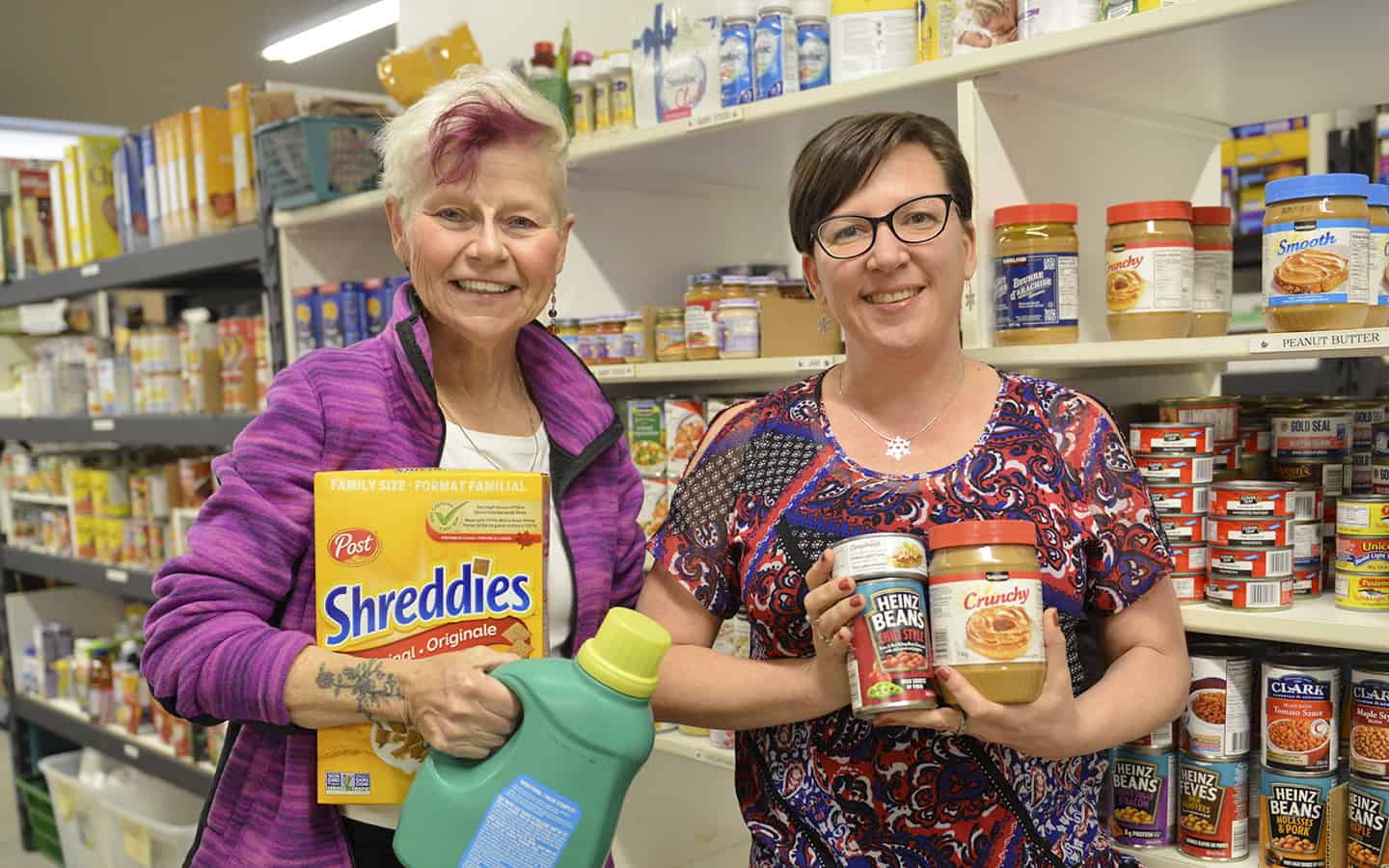;
;
;

An increasing number of full- and part-time workers across Ontario are accessing food bank services, a trend that can be seen in Woolwich Township as well as the Region of Waterloo as a whole. A report released this week by Feed Ontario shows a 27 per cent increase in the number of individuals with
Last updated on May 03, 23
Posted on Dec 05, 19
3 min read
